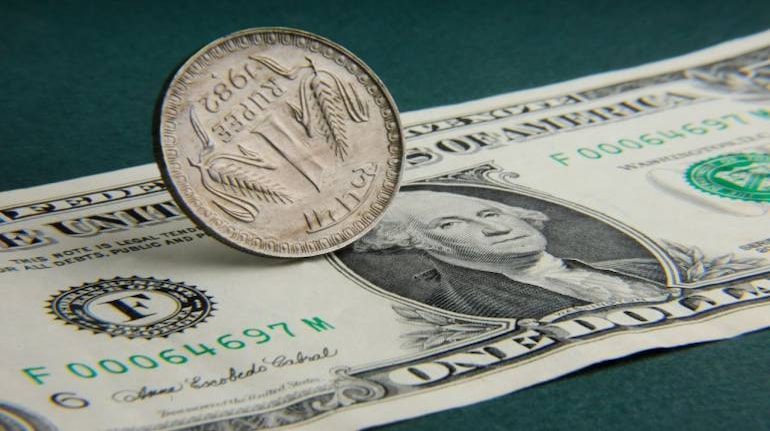



The Reserve Bank of India’s measures to liberalise foreign inflows is bound to send speculators with short positions running for cover. For now, with crude oil too sliding, rupee looks unlikely to get to 80 per US dollar anytime soon.
Here’s what RBI did: It has excused banks from statutory liquidity ratio (SLR) and cash reserve ratio (CRR) requirements on incremental non-resident foreign exchange deposits made into FCNR (B) and NRE accounts. FCNR (B) stands for foreign currency non-resident (banks) account and NRE for non-resident external account.
The central bank has also removed the interest rate caps on deposits over one year. Now, chances are banks, especially private lenders which run a tight ship, may aggressively market the new FCNR(B) deposits to their overseas Indian clients in Middle East and elsewhere, so as to avail of the CRR, SLR exemption. This could mean extra foreign exchange inflows that can fund the current account deficit.
Also RBI has allowed more bonds under the FAR, or the fully accessible route. Foreign portfolio investors (FPIs) can invest any amount in FAR securities; in others their investments are restricted to about 5 percent of issuance). Dealers say the newly included bonds under FAR — the 7-year and 14-year bonds — are much in demand and may be attractive to foreigners.
Further, FPIs can now invested unlimited amounts in bonds that are maturing in less than a year. This is an effective step because currently FPIs are allowed to buy only bonds with over one year residual maturity and they sell off when maturity dips below 365 days. This selling will stop now. Indeed, fresh dollars may come as they look for the yield arbitrage.
Moreover, banks raising foreign loans have been given wider options to lend the money. Hitherto, they could only lend to exporters.
Finally companies can now raise ECBs (external commercial borrowings) up to $1.5 billion via the automatic route, up from $750 million earlier. While this is a major easing of doing business, bankers say companies may not raise too much money till the global macros stabilise.
These steps have obviously come because of the rupee sliding to fresh all-time lows practically every day in the past two weeks. Separately, the country’s trade deficit has also been burgeoning due to pricier crude and coal imports raising fears that the deficit can be funded only by a rapid depletion of reserves.
RBI argued in its press release that the Indian economy is resilient but the tightening by foreign central banks is having spillover effects on all emerging markets (EMs) including India. It pointed out that the rupee has depreciated only 4.1 percent this year which is much less than many EM and even developed market (DM) currencies.
However, it is announcing these steps to ensure greater foreign inflows, so as to counter the impact of volatile global markets which are leading to outflows from all EMs.
Bankers agree that with no caps on the interest they can offer on FCNR (B) and NRE deposits and the added advantage of no CRR, SLR requirement, they will aggressively seek investors into these deposits. Bankers also expect foreign funds to be attracted to short term Indian corporate paper. More importantly, funds will hedge the new inflows through sell-buy swaps in the forward market. The increase in buy calls in the forward market will enable RBI to do sell-buy swaps in the forward market to protect any rupee fall. In the past few weeks, RBI’s excessive sell-buy swaps in the forward market led to a crash in forward premia which in turn attracted speculative shorting in the spot market.
Besides bringing inflows, this sudden announcement will also impact sentiment. It will bleed those with short rupee positions and they will desist from further speculative shorting, for fear that RBI may announce more steps.
Some experts believe the RBI may be overreacting and that the rupee’s depreciation has been orderly and much less than other EM currencies. However, RBI probably wants to be sure than sorry. The rising trade and current account deficits need to be financed and speculators needed to be kept at bay, lest sentiment gets unhinged.
With oil also receding sharply for the past week, it now appears that the level of Rs 80 to a dollar is a distance away, On the flip side, this level shouldn’t become an albatross round RBIs neck—a level it will defend at any cost.
Discover the latest Business News, Sensex, and Nifty updates. Obtain Personal Finance insights, tax queries, and expert opinions on Moneycontrol or download the Moneycontrol App to stay updated!
Find the best of Al News in one place, specially curated for you every weekend.
Stay on top of the latest tech trends and biggest startup news.